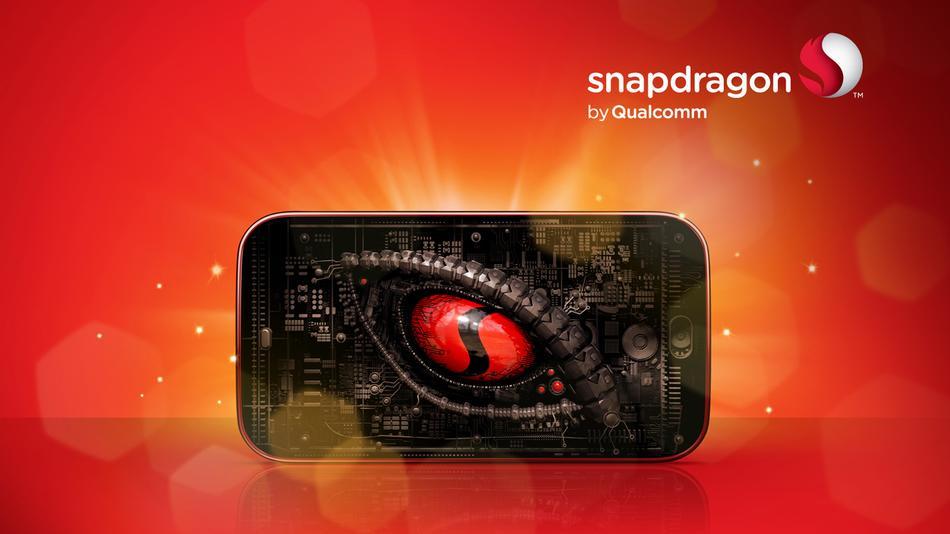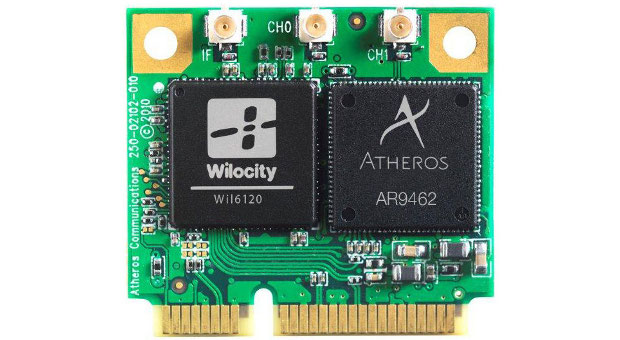Though Microsoft passed on this year’s CES keynote, that didn’t stop the company’s boss Steve Ballmer from making his trademark entrance to last night’s keynote by Qualcomm CEO Paul Jacobs. His running out on stage wasn’t on par with the previous bigger than life entrances and the now famous ‘developers’ chant and was in fact a prearranged surprise, but it’s still kinda noteworthy. Ballmer basically praised Qualcomm’s Snapdragon processors that power new Windows 8 and Windows Phone devices. Qualcomm made a number of announcements at the show and the company’s keynote wasn’t short on celebrities…
Geekwire shared the above clip of Ballmer’s big entrance, along with a snippet from his opening remarks. He also made a big entrance for AT&T, which just this morning announced “best-ever” sales of iPhone and Android smartphones.
As for Qualcomm’s keynote, it is an entertaining mix of cutting-edge technology news coupled with celebrity sightings and live music performances by Maroon 5 and other artists.
The company posted the entire thing, which runs one hour and twenty minutes long, to it’s web site so grab your popcorn and enjoy the ride.
They also uploaded this nice clip to YouTube, asking people what it means to be mobile.
According to the company, global mobile revenues last year approached two percent of total GDP in the world. Qualcomm’s new Snapdragon 800 chip is 75 percent more powerful than its previous top of the line model. Qualcomm’s chief rival in this space is graphics giant Nvidia, which at CES launched the fourth-generation Tegra platform, the Tegra 4.
Broadcom also released a comparable chip, the BCM7445. Like Qualcomm’s Snapdragon, Broadcom’s chip also supports UltraHD video, maxing out at a resolution of 4,096-by-2,160 pixels at 60 frames per second. By contrast, your full HD television set uses resolution of 1,920-by-1,080 pixels.
Qualcomm also touted technological advancement that it claims will enable mobile phones to shoot ultra-HD video this year using the Snapdragon 800 chip because it handle these kinds of tasks without consuming more power. It can also drive near ultra-HD mobile displays, meaning you won’t be able to see all the recorded details, though it’ll come close.
CEO Paul Jacobs thinks “it’s too early to call the game” for Windows Phone because he “never counted Microsoft out” due to its vast resources and the broader entertainment ecosystem integration.
“It is growing, they are gaining traction. When you use the devices they work well. That’s pretty key”, Jacobs said.
Of course, Snapdragon-branded processors power Windows and Android devices, not Apple’s. iOS devices rely on in-house designed mobile chips that Apple manufactures in Samsung’s plant in Austin, Texas as Qualcomm mostly supplies Apple with wireless baseband chips.
Recently, Qualcomm launched the dual-core MSM8960 and the quad-core APQ8064 Snapdragon-branded silicon for low-cost handsets, which could theoretically be a nice fit for Apple’s rumored new cheaper iPhone model, thought to be aimed at China and emerging markets where prepaid handsets sold contract-free are all the rage.
On the wireless front, high-speed Wi-Fi is currently making rounds – also known as the fifth-generation Wi-Fi or 5G Wi-Fi – promising speeds of up to 1.3GBps via three antennas. Now, it was speculated last June that Apple could enable wireless AirDrop-like sharing of documents between iOS devices and Macs via Broadcom’s BCM4330 chip, but that rumor failed to pan out.
Those rumors, however, persist, in part fueled by Apple’s recent job ad seeking a Wi-Fi System Test Engineering with the focus on the upcoming 802.11ac standard. Previous-gen iOS devices used Broadcom’s mobile Wi-Fi chips exclusively and some think Broadcom’s new BCM4335 module be a likely candidate for 2013 iOS devices, especially considering a Q1 production ramp-up, just in time for this year’s iPads.
Qualcomm and its subsidiary Wilocity, meanwhile, unveiled what they claim is the world’s first tri-band WiFi solution that combines 802.11ac and 802.11ad, pictured below.
A reference design for tablets, notebooks and consumer electronics, the QCA9006 tri-band solution can connect to 60GHz-enabled devices, docks, displays and storage at multi-gigabit speeds, while maintaining enterprise-wide or whole home coverage with 2.4GHz/5GHz Wi-Fi.
Qualcomm is also rumored to be making a $120 million investment in Sharp’s IGZO panels that the company showed off at CES earlier today.
The Verge has done an absolutely fabulous job reporting Qualcomm’s crazy keynote with pictures and staff tweets. Though it’s a bit heavy on graphics, you should definitely check it out in case you don’t have the time to sit through the entire keynote.


